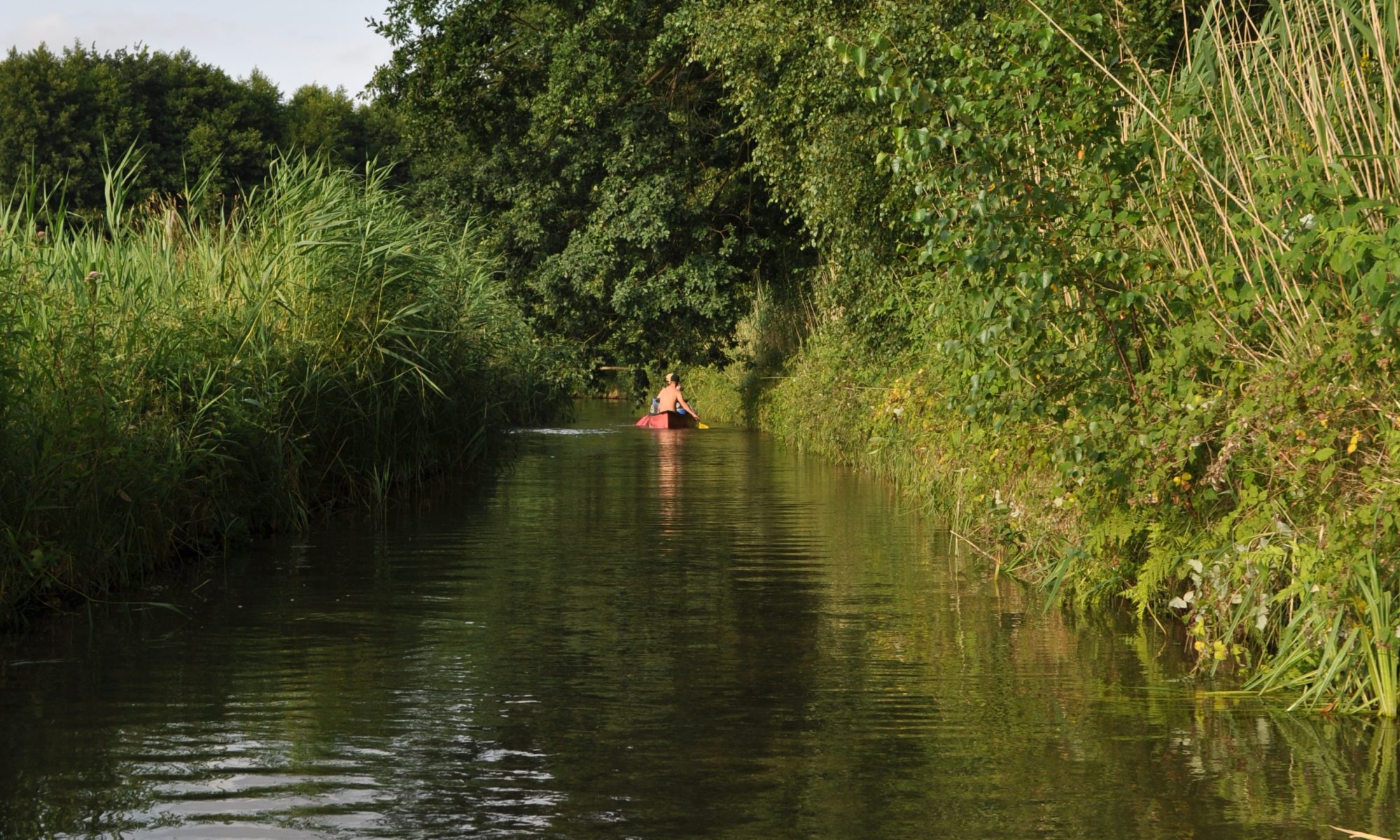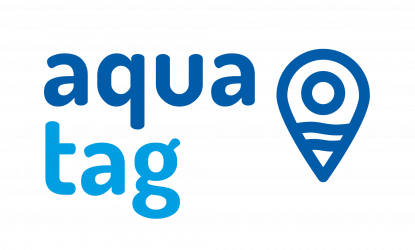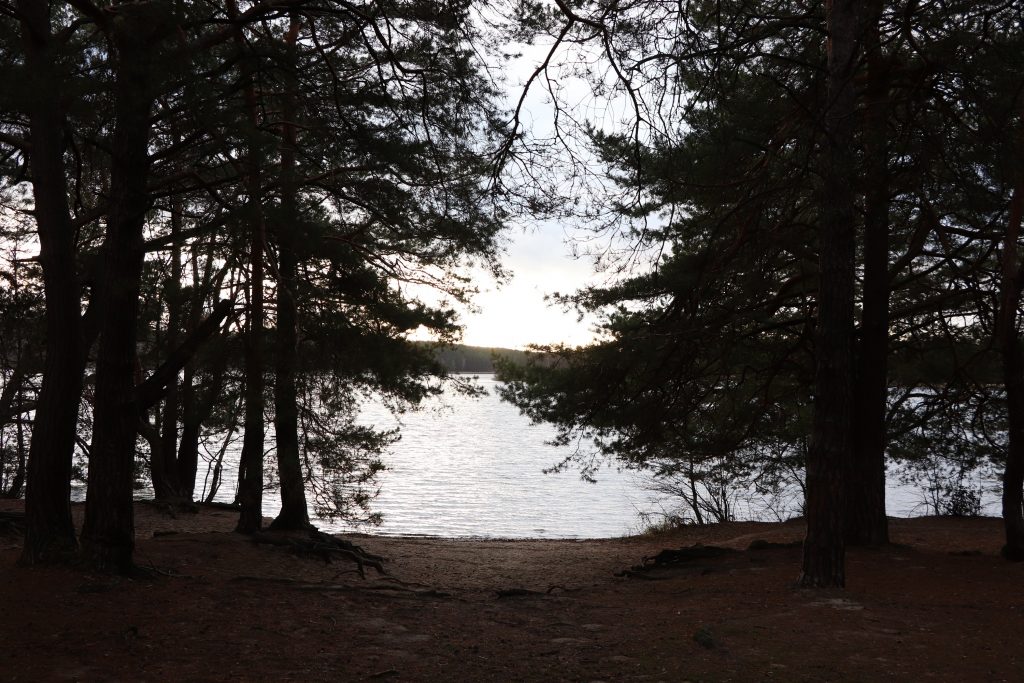Analysis of the recreational use specific ecological pressures on aquatic ecosystems
AP 4.1 Ecological impact of recreational uses:
By means of a meta-analysis of existing data and studies, the various recreational uses of water bodies will be classified according to their potential ecological impacts and particularly affected taxa and habitats will be identified.
| AP 4.2 Ecological effects of canoe tourism: The aim of this work package is to assess the impact of canoe tourism on selected taxa, such as reedbed vegetation, breeding birds and fish, as a function of canoe frequency, tour duration and canoeist experience. | 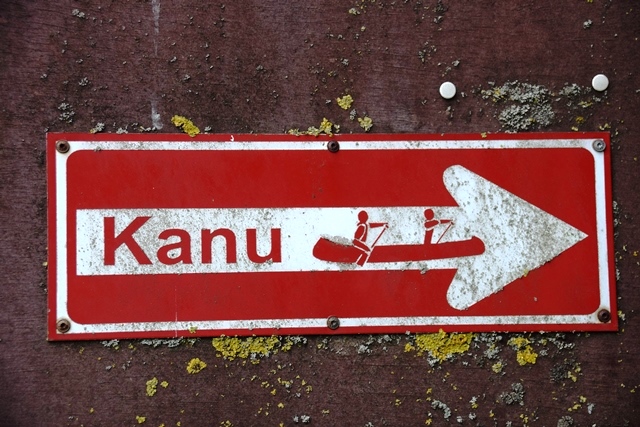 |
| WP 4.3 Ecological effects of shore use by bathers and walkers: The aim of this work package is the quantification of the shore load due to treading, compaction and littering, as observed as a side effect of bathing and other shore use, e.g. by strollers. The focus is on the recording of the temporal dynamics of the load on the shore areas. | 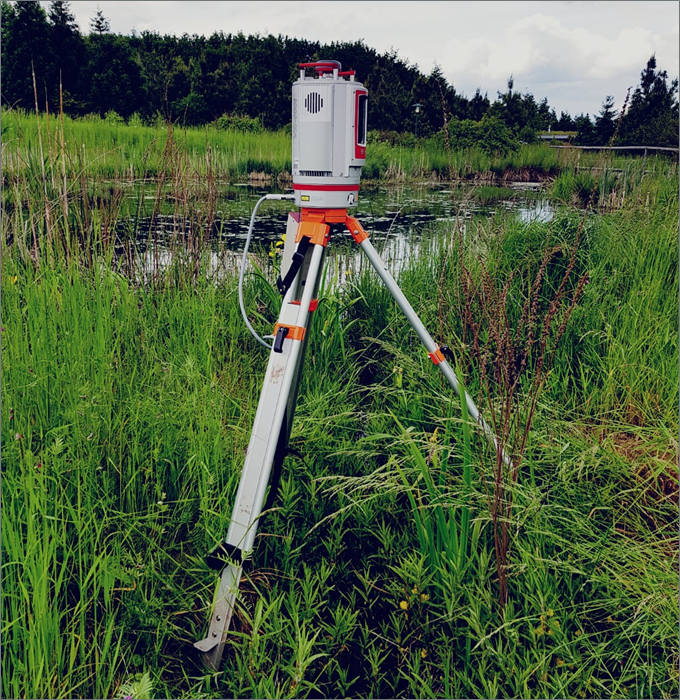 |
WP 4.4 Synthesis
The aim of the synthesis is to combine the results of the three work packages, to quantitatively and analytically substantiate the conceptual model of recreational ecology (Venohr et al. 2018) with empirical data and to derive recommendations for a sustainable management of recreational use.
About Current WP 4
The investigation area for the acquisition of the impact from bath use on the edges of water bodies were selected. After plenty considerations we took 10 bathing areas at lakes in the nature park Dahme Heideseen in Brandenburg for the investigation in summer 2020. The nature reserve administration classified five of the bathing areas as especially intense used. At the remaining five lakes bathing is on average less and rarer.
At the selected lakes swimming and walking are the main activities. All lakes are located in for Brandenburg typical pine forests and have clear, relative nutrient-poor water. These criteria shall ensure, that the situation of the plants at water bodies as comparable as possible and potential changes of the vegetation can lead back on the different intensities of the human utilisation. Furthermore, we selected lakes where motorboating is forbidden, in order that we are able to exclude strong swell as impact on vegetation.
From the beginning of the bathing season 2020 we will periodic survey the vegetation by means of terrestrial laser scaning and perform visitor census at the lakes.
First recordings with the laser scanner on 09.12.2019 at Grubensee and on the right the Milasee (Photos: Nora Meyer)
